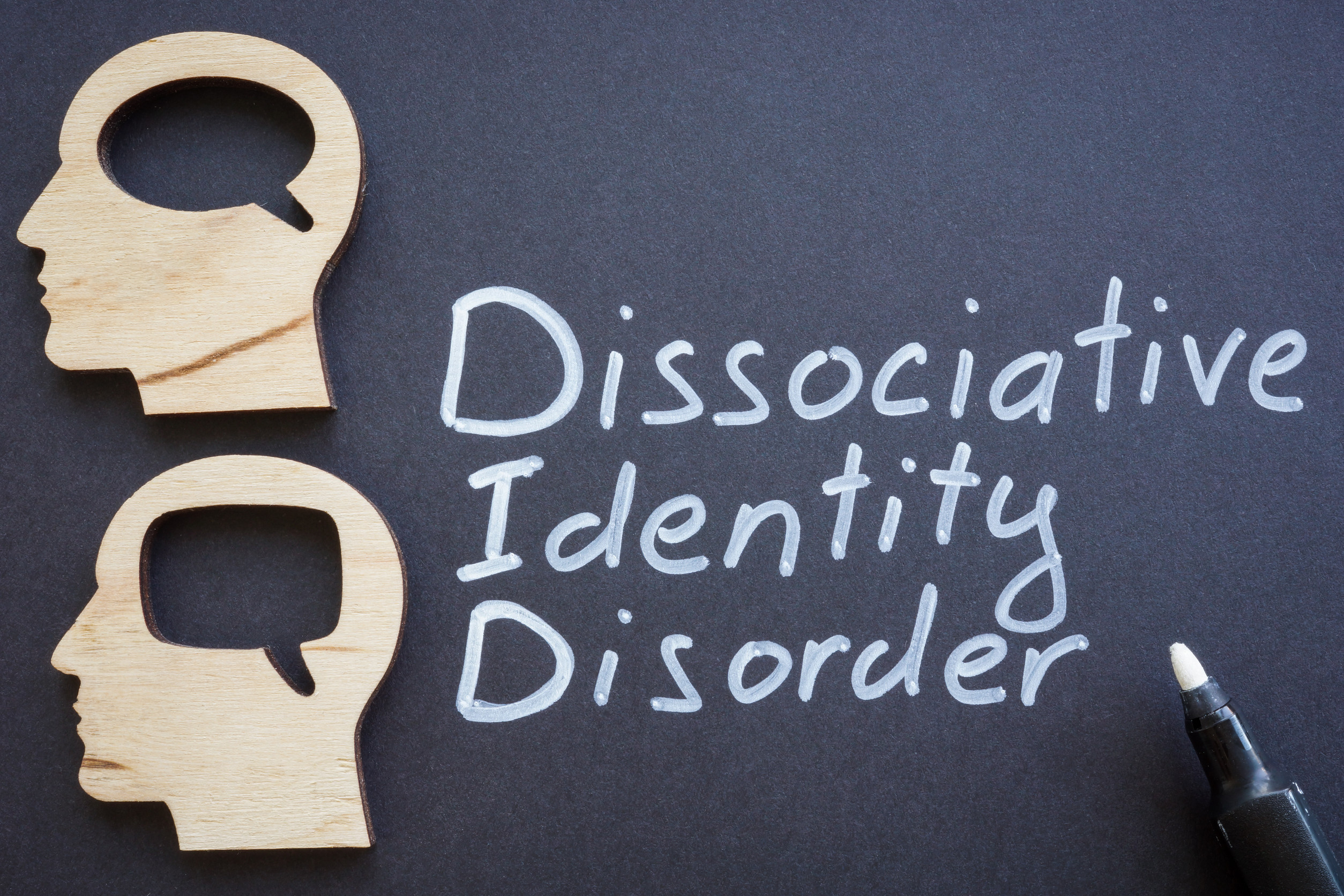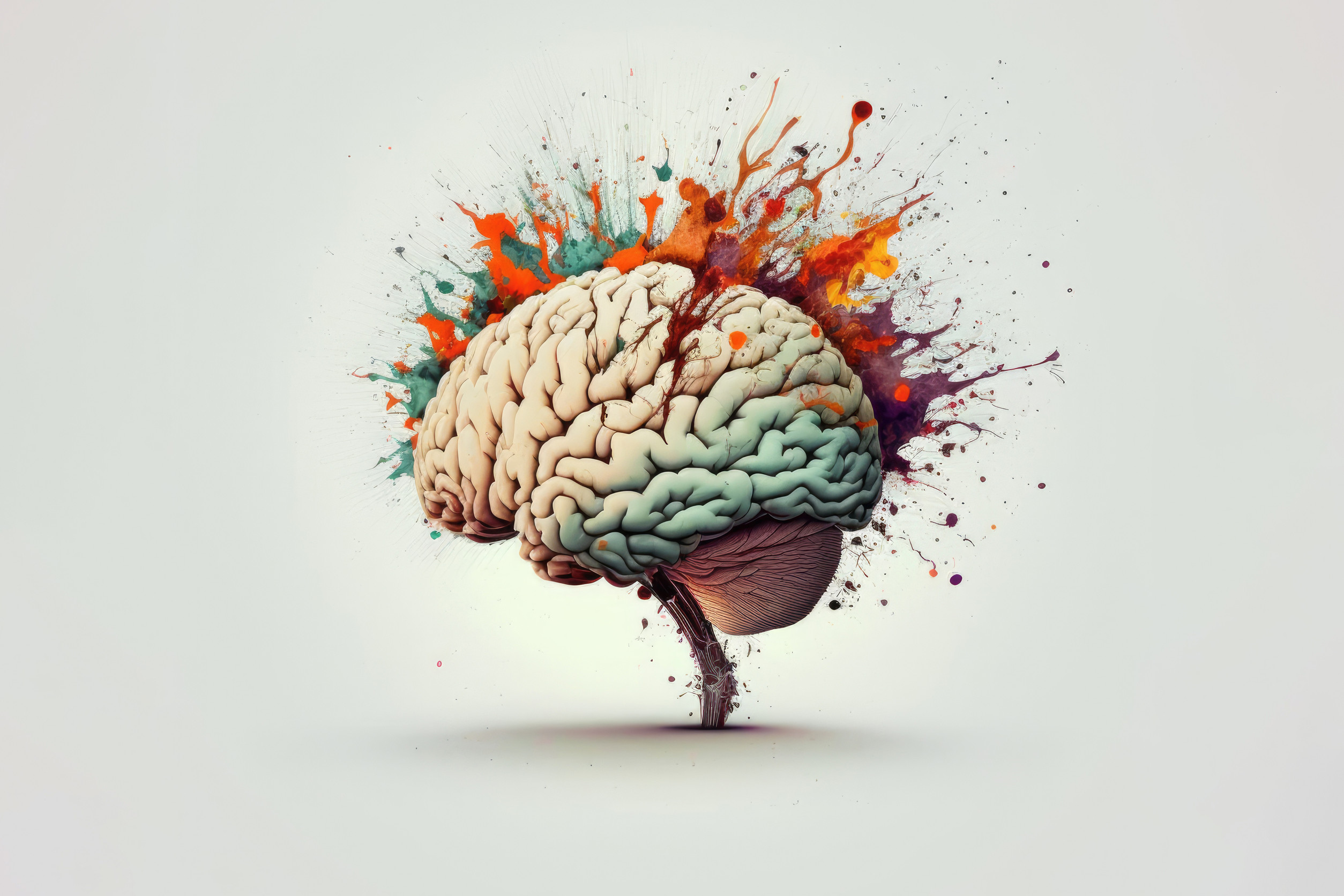
The concept of “multiple personalities” captures public fascination, often depicted dramatically in movies and media. However, these portrayals are frequently inaccurate and contribute to significant misunderstanding. The clinical term for this condition is dissociative identity disorder (DID), a complex trauma-related disorder. It is crucial to approach this topic responsibly, separating fact from fiction. This article aims to clarify key aspects of DID and address common misconceptions, promoting accurate understanding and reducing stigma. Note: This information is educational and not for self-diagnosis; professional assessment is essential.
1. It’s Dissociative Identity Disorder (DID), Not “Multiple Personality Disorder”
The official diagnostic name changed years ago from Multiple Personality Disorder (MPD) to dissociative identity disorder (DID). This shift reflects a better understanding of the condition. It’s not about having multiple fully formed personalities coexisting. Rather, DID involves a fragmentation or lack of integration of identity. Different identity states (often called “alters”) hold different aspects of the person’s consciousness, memory, and self-perception. Using the correct term, DID, is important for accurate discussion.
2. DID Is Primarily Linked to Severe, Early Childhood Trauma
DID is widely understood by experts as a complex post-traumatic condition. It typically develops as a coping mechanism in response to overwhelming, chronic trauma or abuse during critical early childhood developmental periods (usually before ages 7-9).
Faced with unbearable experiences, the child’s developing identity may fragment or dissociate (disconnect) to survive. Different identity states may emerge to handle specific aspects of the trauma or daily life. It is not a personality flaw or something people invent for attention.
3. Alters Are Fragmented Identity States, Not Separate People
The distinct identity states in DID are often referred to as “alters” or “parts.” These are not fully separate individuals inhabiting one body. They represent different facets of a single person’s fragmented identity.
Each alter may have a distinct name, age, gender, mannerisms, memories, and way of relating to the world. These states developed to help the person cope with overwhelming trauma by compartmentalizing experiences, emotions, or memories associated with it. They are parts of a whole identity system.
4. It is NOT Schizophrenia (A Common and Harmful Confusion)
A frequent misconception conflates DID with schizophrenia. These are entirely different disorders. Schizophrenia is a psychotic disorder characterized by symptoms like hallucinations (hearing/seeing things not there), delusions (fixed false beliefs), and disorganized thinking. DID is a dissociative disorder characterized by identity fragmentation and amnesia. People with DID are not typically psychotic; they are disconnected from aspects of themselves, not from reality itself (though complex trauma can involve brief dissociative psychosis sometimes). Confusing the two conditions increases stigma.
5. Memory Gaps (Amnesia) Are a Core Diagnostic Feature

A hallmark of DID is recurrent amnesia or memory gaps. This involves inability to recall important personal information, daily events, or traumatic experiences. These memory gaps go beyond ordinary forgetfulness. The person might experience “lost time,” where they cannot remember what happened during periods when another alter was prominent or “out.” Different alters may possess different memories, leading to a fragmented personal history. This amnesia between identity states is a key diagnostic criterion.
6. DID Is a Complex Coping Mechanism, Not Intentional
The fragmentation of identity in DID is not consciously created or faked. It is an involuntary, complex psychological defense mechanism originating in childhood to survive overwhelming trauma. The different identity states emerge automatically to manage unbearable feelings or situations. People with DID often experience significant distress and impairment due to the condition. Suggesting it’s intentional or theatrical is deeply stigmatizing and misunderstands the condition’s traumatic origins and dissociative nature.
7. Diagnosis Requires Thorough Professional Assessment
DID is a complex condition that requires diagnosis by a qualified mental health professional (like a psychiatrist or psychologist) experienced in trauma and dissociation. Diagnosis involves extensive interviews, ruling out other potential conditions, and assessing specific diagnostic criteria outlined in manuals like the DSM-5. Self-diagnosis based on online information or media portrayals is unreliable and potentially harmful. Accurate diagnosis is crucial for accessing appropriate, specialized treatment.
8. Treatment Focuses on Integration and Trauma Processing
Treatment for DID is typically long-term psychotherapy focused on several goals. Key aims include establishing safety, managing distressing symptoms, and processing the underlying trauma history. Therapy helps improve communication and cooperation between different identity states (“alters”). The ultimate goal for many, though not all, is functional integration – fostering a more unified sense of self where alters work together cohesively or blend into a more cohesive identity. Medication may be used for co-occurring conditions (like depression or anxiety) but doesn’t treat DID itself.
9. Media Portrayals Are Often Inaccurate and Sensationalized
Movies and television often depict DID in highly dramatic, inaccurate, or stereotypical ways (e.g., focusing on violent alters, rapid switching for dramatic effect). These portrayals contribute significantly to public misunderstanding and stigma. Real-life DID is typically much more subtle and internally focused. Most individuals with DID are not dangerous but are survivors of severe trauma trying to navigate a complex internal world. Responsible media representation is sorely needed.
10. People with DID Deserve Respect, Compassion, and Understanding
Individuals living with DID face significant internal challenges often compounded by external stigma and misunderstanding. They are trauma survivors who developed a complex coping strategy. They deserve to be treated with respect, compassion, and belief. Learning accurate information about DID helps combat harmful myths and promotes a more supportive environment. Focusing on the person’s resilience and healing journey is essential. Understanding fosters empathy and reduces isolation.
Promoting Accurate Understanding
Dissociative Identity Disorder is a genuine and complex mental health condition rooted in early trauma. It is not the sensationalized “multiple personalities” often seen in media. Understanding key facts – its link to trauma, the nature of alters, the role of amnesia, and the difference from schizophrenia – helps dispel harmful myths. Accurate diagnosis requires professional assessment, and treatment focuses on healing and integration. Promoting accurate information and approaching individuals with DID with respect and compassion is vital for reducing stigma and supporting recovery.
What are your thoughts on how DID is portrayed in media versus clinical understanding? Why is accurate information about complex mental health conditions so important? Share your perspective below.
Read More
What to Know About Your Mental Health Before Your First Kid
Mental Health at Work: How Much Should Your Boss Know?

Latrice is a dedicated professional with a rich background in social work, complemented by an Associate Degree in the field. Her journey has been uniquely shaped by the rewarding experience of being a stay-at-home mom to her two children, aged 13 and 5. This role has not only been a testament to her commitment to family but has also provided her with invaluable life lessons and insights.
As a mother, Latrice has embraced the opportunity to educate her children on essential life skills, with a special focus on financial literacy, the nuances of life, and the importance of inner peace.
